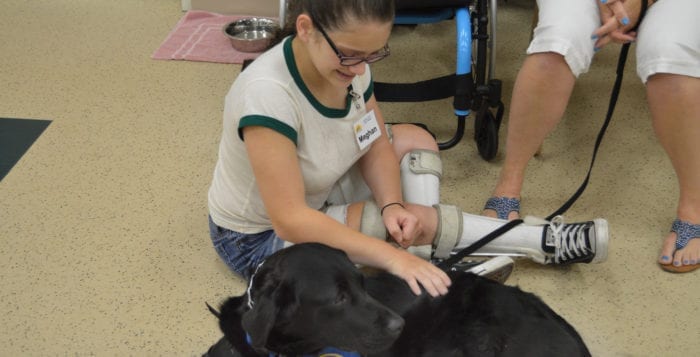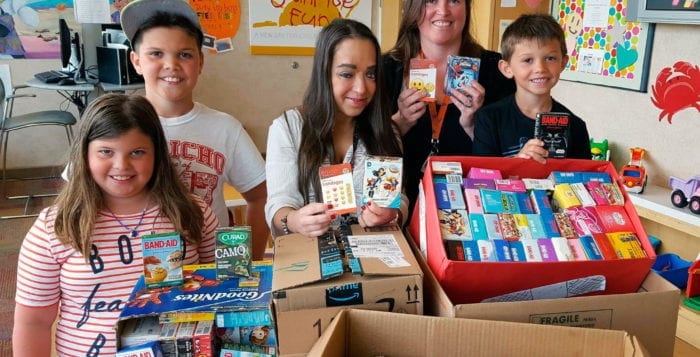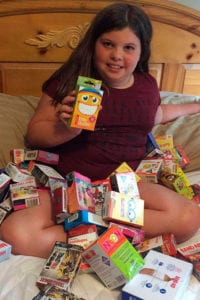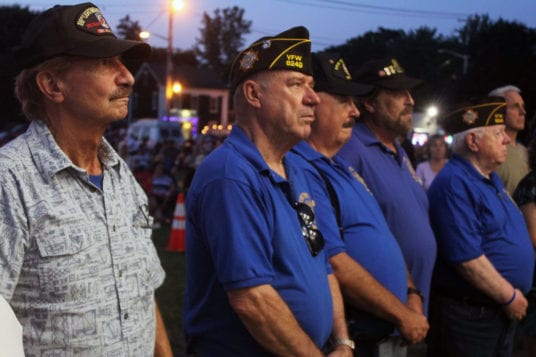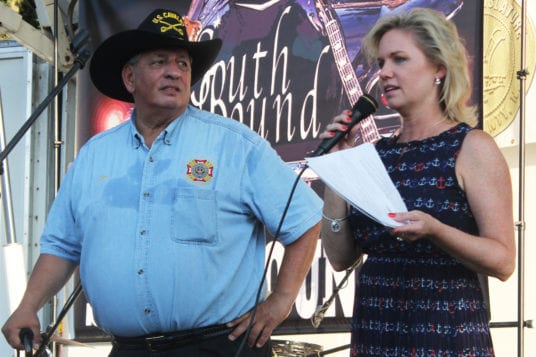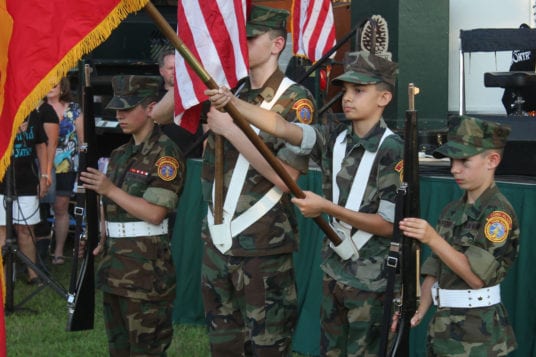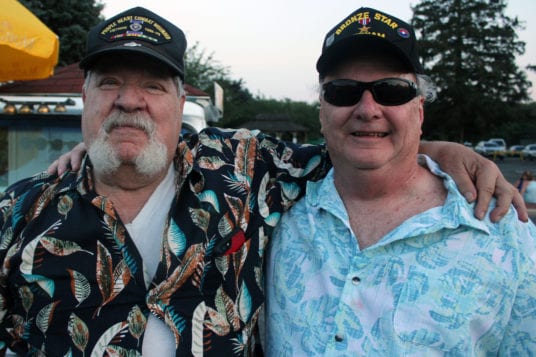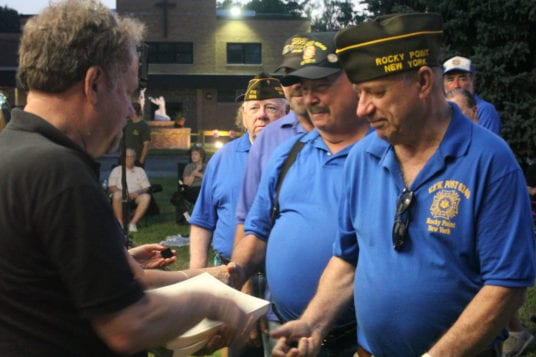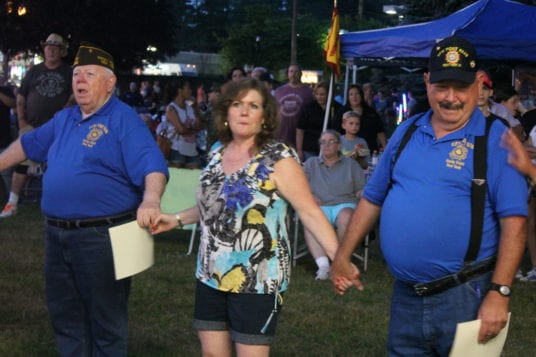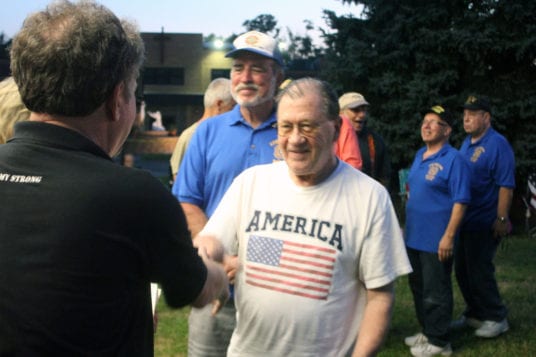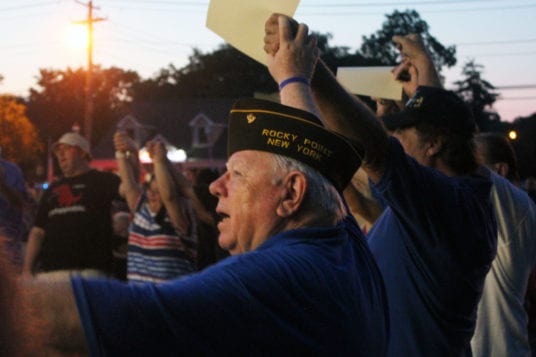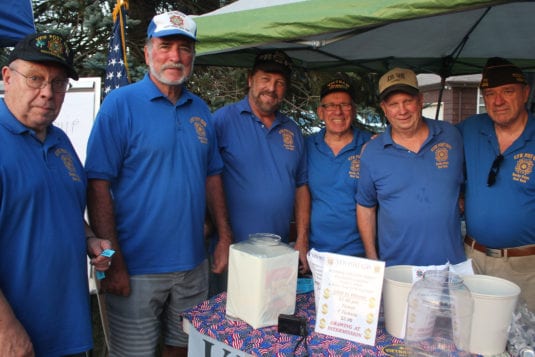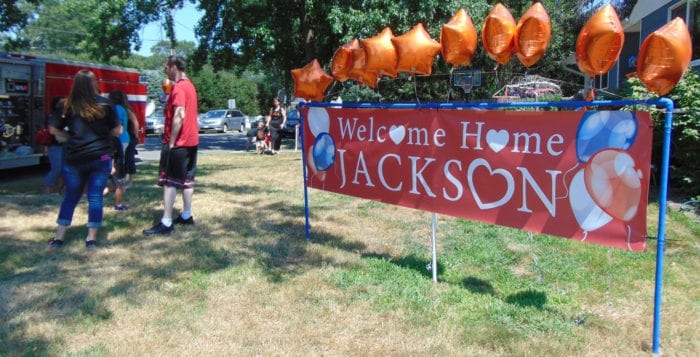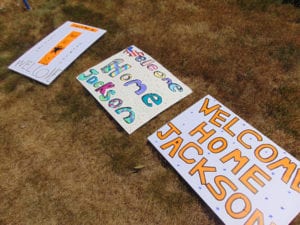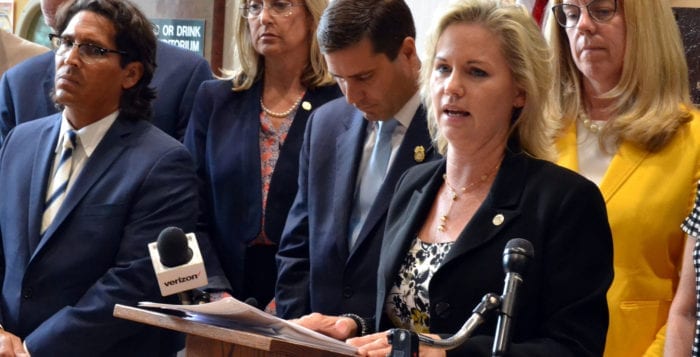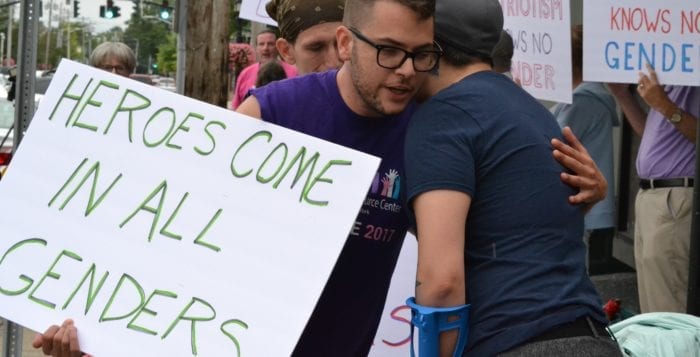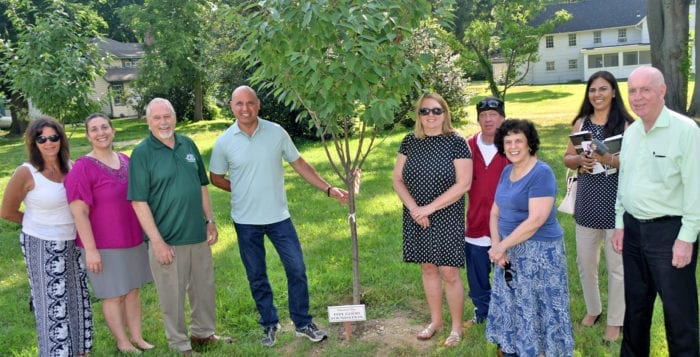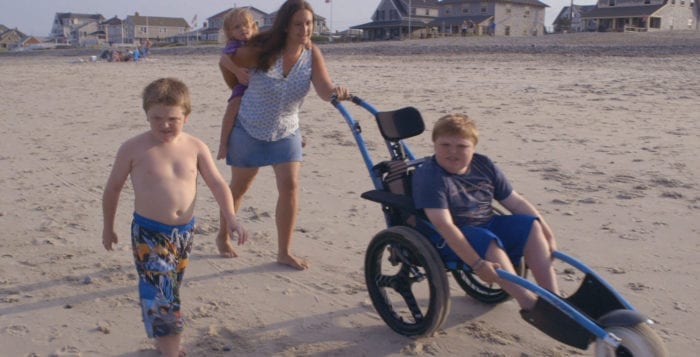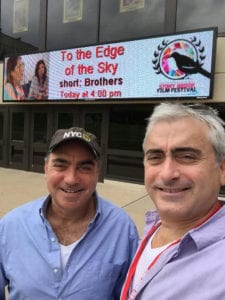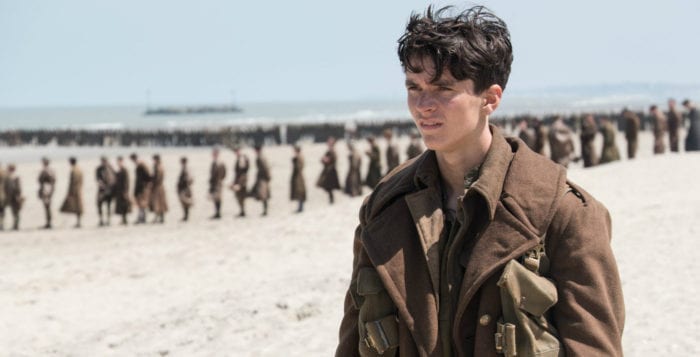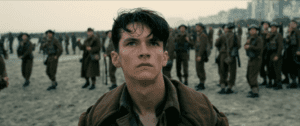By Jenna Lennon
After interviews, reference forms, applications and a year and a half of waiting, 10th-grader Meghan Chiodo from Greenlawn was finally able to meet her assistance dog, Polly.
Meghan and Polly were introduced thanks to Canine Companions for Independence Wednesday, July 26, at the nonprofit’s headquarters in Medford.
Polly, a black female Labrador-Golden Retriever will help Meghan with many different tasks aside from becoming a loyal and loving companion. Meghan was born with spina bifida and has little to no feeling or control of her legs from her knees down, so Polly will be especially helpful with giving her all the assistance she needs.
“Meghan is sort of an ideal candidate in the sense that she’s in that age where she wants to be more independent and the dog can really help provide that to her especially as she’s getting into her later years of high school,” Jessica Reiss-Cardinali, the participant program manager for the Northeast Region of Canine Companions said in an interview.
Meghan said Polly will help with tasks like “bringing my laundry from the living room to my room … the dog can carry something or I can carry it and the dog can open the door,” she said at the event. “I think those are the two [commands] I’ll probably use the most.”
Meghan’s mother Kerri said Polly will be a great assistance around the house.
“The wheelchair is now in our home, so she doesn’t have her hands free always,” her mom said. “So the dog will provide an extra set of hands for her for a little more independence and companionship. That’s going to be a big one. She’s one of four children. She’s the youngest, two are leaving off for college, so it’s nice to have a buddy.”
Canine Companions, the nation’s largest provider for trained assistance dogs, is an organization founded in 1975 aimed at providing service dogs, hearing dogs, skilled companions and facility dogs to people with disabilities free of charge. The Northeast Regional Center for CCI opened in Medford in 1989 and has since placed 861 Canine Companion teams together.
Golden Retriever, Labrador and Golden-Lab puppies are trained by volunteer puppy raisers who provide them with a safe and happy living environment, a healthy diet, obedience training and socialization.
When they are about a year and a half old, the puppies then receive professional training at a Canine Companion training center for six to nine months, learning 40 advanced commands. Then, they are matched with a child or an adult with a disability.
“Four times a year we invite people that are on our waiting list to come, and they stay with us here in Medford,” said John Bentzinger, the public relations and marketing coordinator for the Northeast region of Canine Companions. “They stay at our facilities, and we call it ‘team training.’ The dogs are already fully trained, but we’re teaching the people how to use the commands and how to care for the dog.”
Participants spend the first few days getting acquainted with the different dogs and with the commands necessary to interact with them.
On the third day of the two-week program, the matches are revealed to the participants. Matches are based on the interactions that trainers and program coordinators see during the first few days of the program between the dogs and the participants, as well as what the participants need from the dogs.
“It’s like a jigsaw puzzle where everybody has to fit together,” Reiss-Cardinali said. “We like to say this is like a 10-year commitment, so if you’re going to sign on for 10 years, we’d like it to be something that’s going to work for you. It’s a very happy time, and for the staff too. We’re all crying in the room because there’s a lot of work that goes into that 20 minutes.”
As for the matchup between Polly and Meghan, Reiss-Cardinali said it was a no brainer.
“They’re sort of at the same stage in life,” she said. “Polly is just coming out of young adulthood so I really feel like as Meghan grows, it will be a really nice way for them to grow together.”
By the day that the matches are revealed, participants in the program have already learned several commands to use as part of their team training with their new companion.
“We did sit, down, heel, let’s go, side, release, wait, kennel and okay,” Meghan said. “That’s it so far.”
Her mother said that’s no small feat.
“That’s it so far, but that’s a lot in two days … I think today we get six whole new commands, so that’s a lot,” she said. “The instructors are incredibly patient. You’ve got so many different people with so many different needs, and they’re accommodating all of us. I’m really impressed with this whole facility and what they do here. It’s incredible. These dogs are amazing.”
Meghan and Polly and the rest of their Team Training Class will graduate Aug. 4 at 2:30 at the Genesis Center in Medford.
To learn more about canine companions visit www.cci.org.

